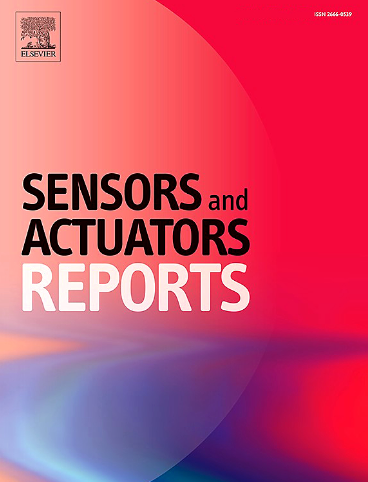用于现场细菌 DNA 提取的 3D 可打印电泳 DNA 提取微型装置
IF 6.5
Q1 BIOTECHNOLOGY & APPLIED MICROBIOLOGY
引用次数: 0
摘要
分子诊断是确定传染病的金标准方法。从目标病原体中提取 DNA 是准确分析致病病原体的最重要步骤之一。本研究利用数字光处理-立体光刻(DLP-SL)技术开发了一种新型 3D 打印电泳 DNA 提取微型装置(3D-EDEM),用于护理点分析。3D-EDEM 由一个用于细菌裂解液容器的源室、一个用于洗脱溶液容器的汇室、一个包含毛细管通道的水凝胶通道(毛细管通道用作基于粒度分离的筛分基质)和两个用于提供电流的电极支架组成。在制造 3DEDEM 之前,先用聚乙二醇二丙烯酸酯 (PEG-DA)、Irgarcure 819 (IRG) 和 2-isopropyl thioxanthone (ITX) 分别作为单体、光引发剂和光敏剂制备紫外线固化树脂。三维打印的 3D-EDEM 具有成本低廉、可重复性好、使用方便等诸多优点,与软光刻法相比,更适用于现场提取 DNA 的微型装置。在3D-EDEM上提取DNA时,将大肠杆菌O157:H7(E. coli)裂解液和洗脱缓冲液分别装入源室和汇室。为评估 DNA 提取性能,特别是使用便携式电池提取 DNA 的性能,对 3D-EDEM 的最佳 DNA 提取时间和极限进行了测试。此外,从人工感染的食品样本中成功提取 DNA 的测试证实了 3D-EDEM 在实际领域的适用性。拟议的 3DEDEM 可用于临床诊断、食品安全、环境监测和法医分析领域的现场 DNA 提取。本文章由计算机程序翻译,如有差异,请以英文原文为准。
3D-printable electrophoretic DNA extraction microdevice for on-site bacterial DNA recovery
Molecular diagnosis is a gold standard method for identifying an infectious disease. DNA extraction from a target pathogen is one of the most important procedures for accurate analysis of the disease-causative pathogen. In this study, a novel 3D-printed electrophoretic DNA extraction microdevice (3D-EDEM) was developed using a digital light processing-stereolithography (DLP-SL) for point-of-care analysis. The 3D-EDEM consists of a source chamber for a bacteria lysate reservoir, a sink chamber for an elution solution container, a hydrogel channel embracing capillary channels that act as a sieving matrix for size-based separation, and two electrode holders for supplying electrical current. Prior to fabricating the 3D-EDEM, UV-curable resin was prepared by using a poly(ethylene glycol) diacrylate (PEG-DA), Irgarcure 819 (IRG), and 2-isopropyl thioxanthone (ITX) as a monomer, a photoinitiator, and a photosensitizer, respectively. The 3D-printed 3D-EDEM provides numerous merits of being inexpensive, reproducible, and convenient, making it more suitable for on-site DNA extraction microdevices than soft-lithographic procedures. For DNA extraction on the 3D-EDEM, Escherichia coli O157:H7 (E. coli) lysate and elution buffer were loaded into the source chamber and the sink chamber, respectively. The optimum DNA extraction time and limit of the DNA extraction test of 3D-EDEM were carried out to evaluate DNA extraction performance, especially using a portable battery. Additionally, the successful DNA extraction test from artificially infected food samples confirms the applicability of the 3D-EDEM to real fields. The proposed 3D-EDEM is adequate for on-site DNA extraction in the field of clinical diagnosis, food safety, environmental monitoring, and forensic analysis.
求助全文
通过发布文献求助,成功后即可免费获取论文全文。
去求助
来源期刊

Sensors and Actuators Reports
Multiple-
CiteScore
9.60
自引率
0.00%
发文量
60
审稿时长
49 days
期刊介绍:
Sensors and Actuators Reports is a peer-reviewed open access journal launched out from the Sensors and Actuators journal family. Sensors and Actuators Reports is dedicated to publishing new and original works in the field of all type of sensors and actuators, including bio-, chemical-, physical-, and nano- sensors and actuators, which demonstrates significant progress beyond the current state of the art. The journal regularly publishes original research papers, reviews, and short communications.
For research papers and short communications, the journal aims to publish the new and original work supported by experimental results and as such purely theoretical works are not accepted.
 求助内容:
求助内容: 应助结果提醒方式:
应助结果提醒方式:


